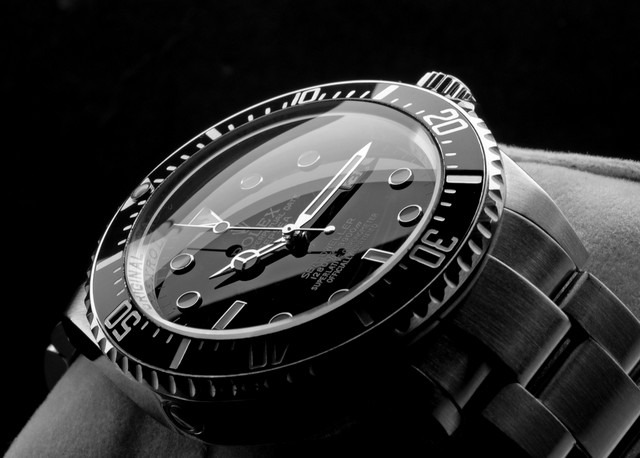

According to an announcement released in November 2017, the Baselworld watch fair will be up to 50 percent smaller than in 2015, shrinking from 1500 exhibitors to somewhere between 600 and 700.
In 2016, the Timex Group - Swiss Luxury Division that manages the watch brands Salvatore Ferragamo, Versace, Versus, and Nautica left the fair saying it preferred to invest the $US 3 million in other areas of its global business.
The fair has been in steady decline since 2013 when it unveiled a $US 454 million upgrade to the fairgrounds and imposed compulsory purchases on exhibitors to cover the costs. In 2017 - the fair’s 100th anniversary - the organisers announced that the duration would be reduced from 8 to 6 days, with a reduction to costs of 10 percent.
And so, while more and more brands desert Baselworld, blaming high costs and insufficient returns, high-end brands are seeking refuge in the Geneva-based fair dominated by the Richemont Groups luxury brands.
In 2016, the SIHH (Salon Internationale de Haute Horlogie) started hosting small independent brands; and in 2017 it was joined by brands Ulysse Nardin and Girard Perregaux. This year, Hermes will be exhibiting their timepieces in Geneva instead of Baselworld, bringing the total number of exhibitors to 34.
It is impossible to compare the two fairs nor to predict their future. While Baselworld remains the biggest watch fair in the world, competition from Geneva, Europe and Asia is changing its stronghold on the industry and it is now, much like the watch industry itself, in a position where it must adapt.
Photo: Pixabay